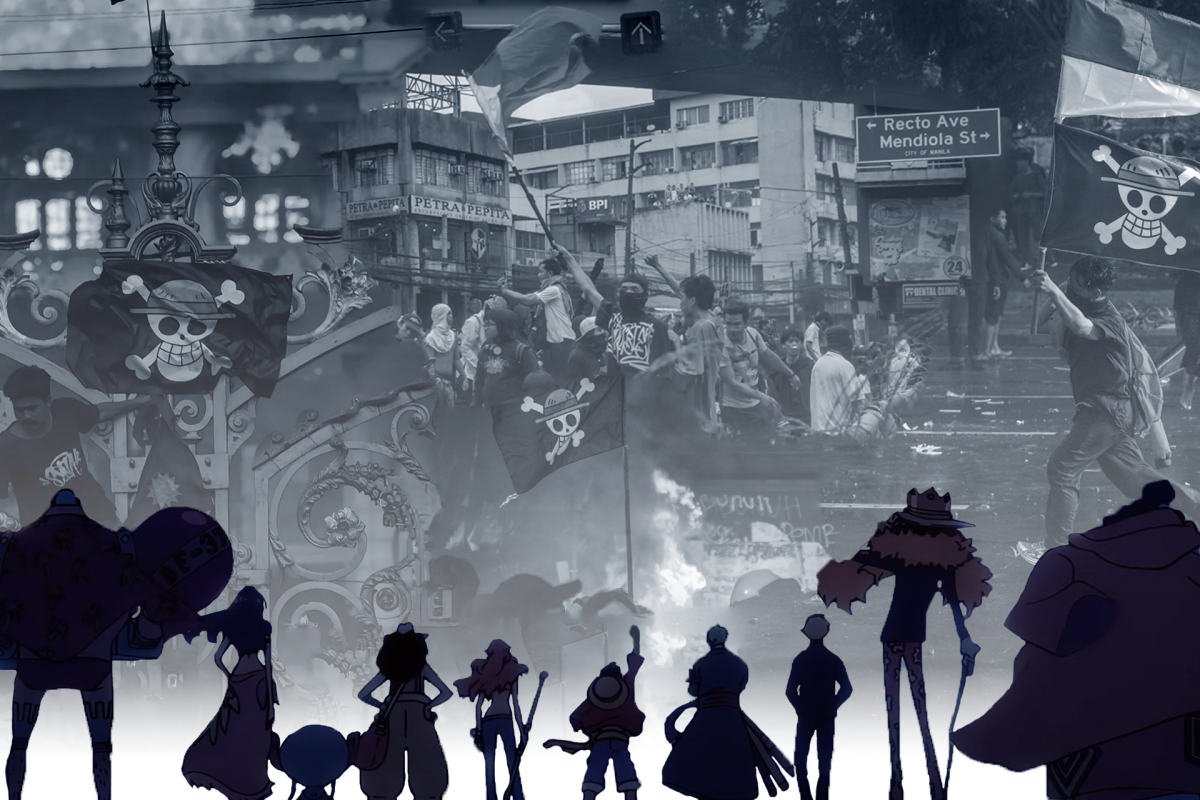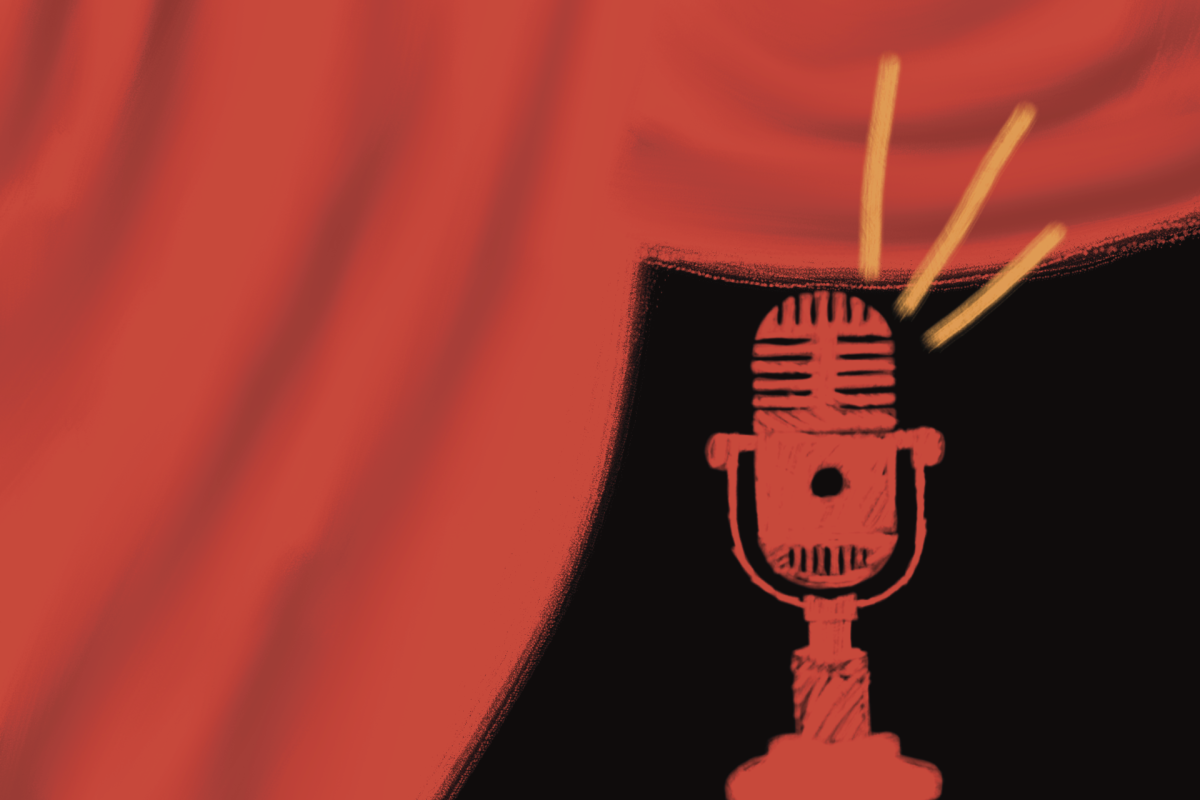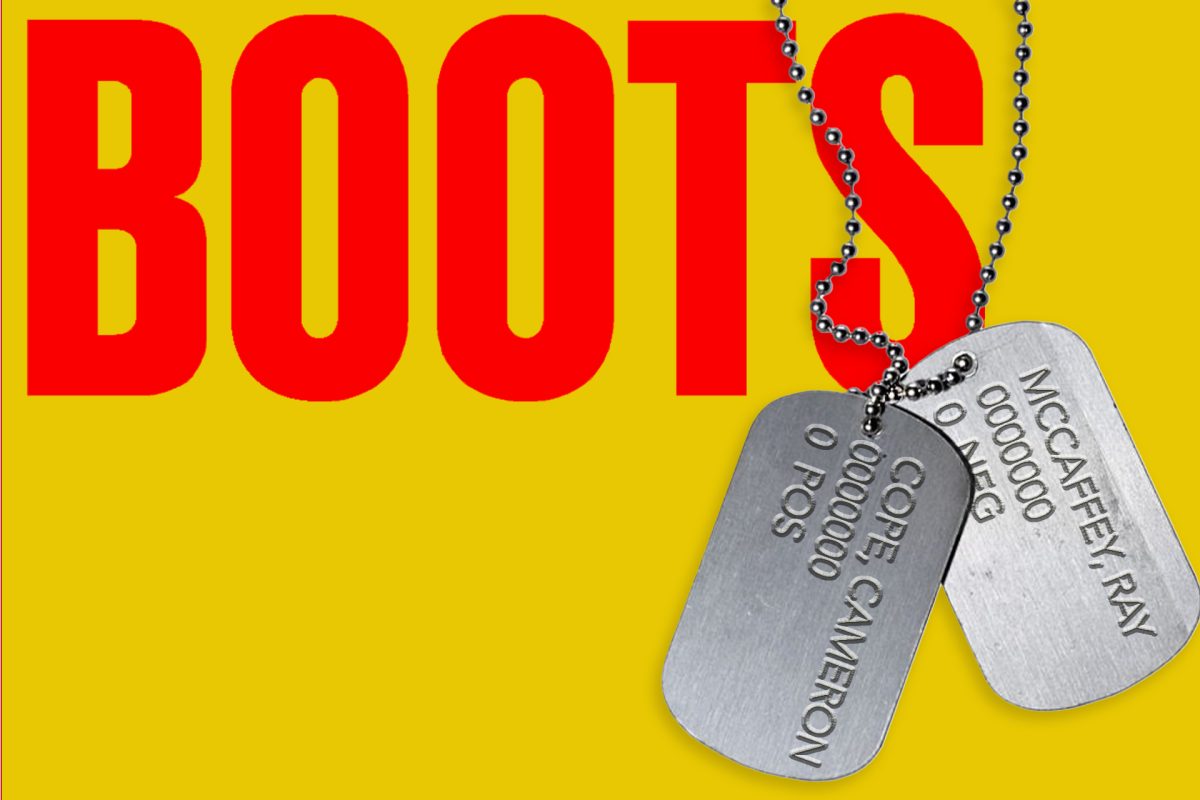With “We Met in Virtual Reality,” Director Joe Hunting explores a new frontier of documentary filmmaking. The film traverses the environment of VRChat through the lives of characters around the globe. His debut feature is exploding with passion, tenderness and a cheeky love of humor. Undoubtedly one of the most unique films of 2022, “We Met in Virtual Reality” will immerse viewers into a world of pure wonder
VRChat is an online virtual world platform where players can customize and move freely through virtual spaces. “We Met in Virtual Reality” begins much like how a normal chat room in VRChat may: in chaos. The sounds of countless voices fill the room as we watch undefinable avatars roam and interact through this meta-reality. If you are unfamiliar with VRChat, this first sight may be overwhelming. Hunting takes the audience from world to world, all hand-crafted by and interactive for any “players.” As we take a manic, comical car ride with characters, we start to see some of the varying possibilities that VRChat grants.
Hunting highlights particular characters such as Jenny, an American Sign Language teacher at Helping Hands. This is an ASL community represented completely through VRChat that teaches and connects a broad variety of players ranging from those who are deaf to those simply wanting to learn. Jenny’s avatar is embodied by her bright pink hair and brought to life by a sweet, genuine voice. She gently instructs and demonstrates words like “Christmas” and “cry” to a diverse group of avatars ranging from beasts with horns to space dogs to a hilarious cameo by Kermit the Frog. Her lessons emphasize kindness and a sense of community, a theme that returns throughout the stories in the film.
Simply put, “We Met in Virtual Reality” is one of the strangest experiences I’ve had with a film. Every scene is like opening your eyes for the first time; every change of location is a shock to the senses.. Hunting shot his documentary using a special virtual camera called VRCLens. This unique visual freedom created both great opportunity and great restriction for Hunting in his attempt to craft a compelling visual narrative in such a jarring visual atmosphere. With his virtual camera, Hunting is still able to implore cinematic language like rack-focuses (a filmmaking technique where the focus of the lens is changed mid-shot), zooms (when the focal length of the camera lens changes to vary distance of a subject) and tracking shots (where the camera physically follows a subject) in his images. He utilizes a primarily hand-held camera to give an added layer of immersion between the audiences and the virtual world of the characters. These images are a real shock to the audience, but through the use of keen visual storytelling, Hunting is able to condense the narrative into a comprehensible package.
As we traverse through different worlds, we focus on the intimate connections that VRChat has the potential to foster. Relationships in the world of VRChat strip connection down to its simplest form, being free from physical representation. A key relationship we follow is that of characters DustBunny and Toaster. Their relationship expanded to the physical world through the pandemic.
Various characters throughout the film cite escapism as their introduction to VRChat. This is best exemplified through its capabilities for physical expression. There is a moment in which a character explains that VRChat is beneficial for those looking to be their true selves. There is a certain “fluidity” that comes with the ability to be any avatar they chose. They refute those who claim they are falsely representing themselves with extraordinary avatars. Instead, they believe this is a form of expression that allows them to present their real self without the variables of their real-life circumstances or judgment based on societal expectations.
The overarching theme found in “We Met in Virtual Reality” is the emotional catharsis that these players find in the communities in VRChat.
“I know this year has been very hard,” Jenny said to her class. “2020 has been kind of crazy, but I want you to know, even if you can’t see your real-life family, you have a family here.”
Anecdotes of escapism persist throughout with players citing their battles with depression, insecurities and suicidal thoughts that have been combatted by VRChat. Hunting places great emphasis on the sense of community that many have found through this platform. The film avoids the “toxic culture” that has made VRChat infamous across the internet and a source of endless memes. Hunting explained in a Q&A session after the showing that this was not to shy away from the toxicity, but rather to show the positive potential of VRChat and leave it to the viewers to decipher and traverse those spaces.
Through the telling of multiple stories, the audience gets a true sense of the VRChat world. What we don’t get is an in-depth look into the key characters and relationships. I found myself yearning to dive deeper into key characters’ backgrounds and motivations as the images moved to a different subject. The film tends to feel more like a compilation of moments than a complete, cohesive narrative. Considering the limitations he faced in creating images that audiences could understand and simultaneously weaving a compelling story, Hunting executes his vision well.
A truly singular film, Hunting’s documentary exemplifies the modern shift toward digital engagement in the face of taxing social isolation. “We Met in Virtual Reality” is far from a perfect film but effectively presents viewers with a challenging, boundary-pushing redefinition of the modern documentary.
Edited by Shannon Worley, [email protected]








